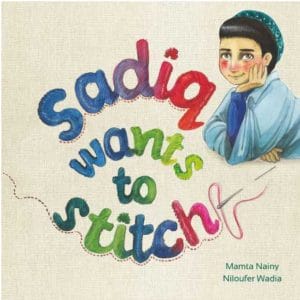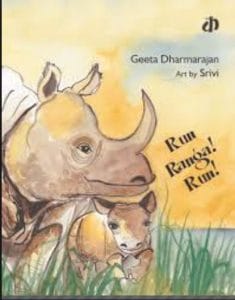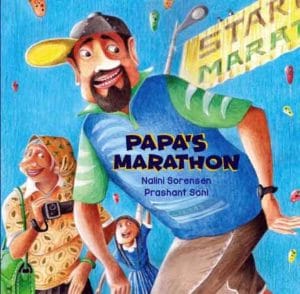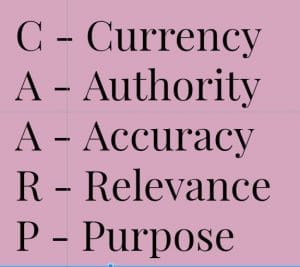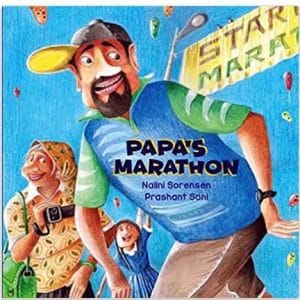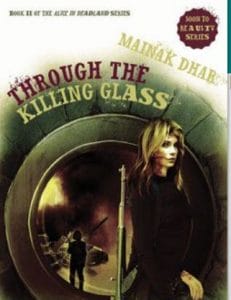This term genrefication was created in the Urban Dictionary in 2008 and is defined as an exercise of classifying books, magazines, films into specific genres or categories. Genrefication of the collection started with an intent to help users locate the resources speedily. This genrefication first started in bookstores and music stores, the owners classified music according to the genre, for example, all the romantic songs were categorized under Romance, rock music was categorized as – Hard Metal, Rock and Roll and others. The same genrefication process found its’ way in bookstores, all mysteries were clubbed together, while mythology and religious texts were classified in one area and so were self-help books, making it easier for every reader. This helped customers locate what they were looking for efficiently and speedily.
Looking at the successes with bookstores and music stores, librarians decided to break a few conventions of the traditional Dewey Decimal Classification (DDC) rules to accommodate and popularize the libraries. Schools and college libraries now started categorising fiction and nonfiction books to meet the needs of the school.
In my school, in the Elementary Section, we separated the picture books, series of fiction, comic or graphic novels, mysteries, historical fiction, fantasy and science fiction from the formal DDC that we had followed in the past. In the Secondary Section of our school, we classified the fiction into various genres ranging it from realistic fiction, sports fiction, historical fiction, mystery, supernatural, science fiction, fantasy, biographies, adult Indian Fiction. We divided our collection into a few genres and not all. We continued to also maintain the Dewey Decimal Classification for the nonfiction books.
By doing this we noticed that students were able to get to the titles quickly, they had more time to browse the blurbs of the stories and were able to quickly identify the books in the series.
Yes, it was a big task, rearranging the books, it was a big project that we librarians had undertaken and took a couple of months. But it helped students access the books that are purchased for their learning. Teachers too found it easier to locate the resources for teaching and supporting student learning. Susanne has very well defined and discussed the pros and cons on her website.
According to my experience, I noticed:
- Children were becoming more independent and could locate similar-books of their interests
- Children were comfortably recommending and taking ownership of the library as their space
- Circulation of books increased
- Students could easily identify genres and eager to try new genres
- The library looked different and better
- Book talks became more natural and fun to share with children.
- A friendly and comfortable environment for students to access books
Should you want to genrefy your collection and want to discuss, you are welcome to email me.


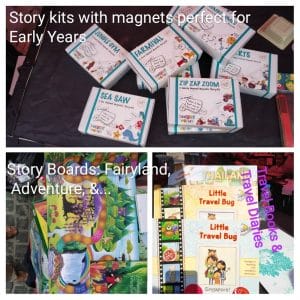
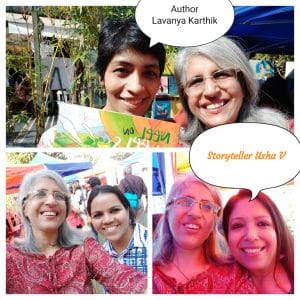
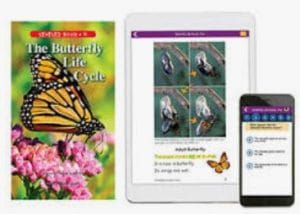

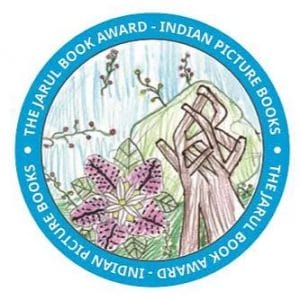 oice Award, empowering children to read, voice their choice and select the best one based on criteria that students will need to consider.
oice Award, empowering children to read, voice their choice and select the best one based on criteria that students will need to consider.